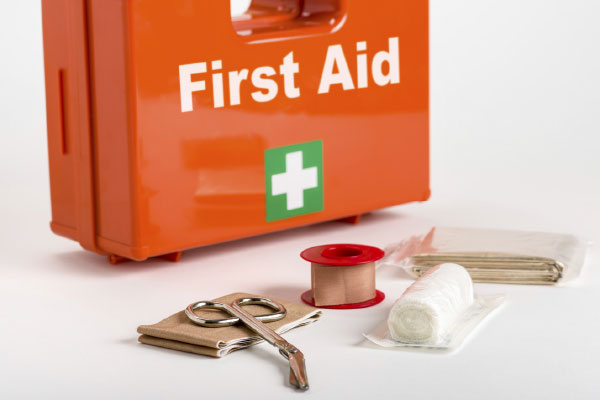Dr Jinan Harith Darwish is a paediatric allergy specialist and clinical immunology fellow at the King Faisal Specialist Hospital & Research Center. Each month she answers your parenting questions.
Q My four-year-old daughter is due to start school soon and I am worried about head lice. A friend’s child got infested last year and it took ages to get rid of them. Can you suggest any precautions I can take and also any natural remedies?
A Head lice don’t discriminate on the basis of race, gender, age, financial status or hygiene. As long as there is a warm, damp scalp and a blood supply as a food source, it’s an excellent habitat for lice. That means everyone’s scalp is a potential home. Head lice do not cause disease nor are they accountable for the spread of diseases. The bottom line is that head lice are not a health hazard, but they are a nuisance to humans.
To bust a few myths, close hair-to-hair contact is necessary for transfer of lice and bed sharing is the most common method of transfer. It’s probable, but less likely, that they are spread by using pillows, combs, hats or clothes recently used by an affected person. For infestation to occur a male and female or an inseminated female must be present. Healthy lice do not abscond from healthy heads. In other words, lice that fall off the scalp are usually damaged and not viable.
If your daughter becomes infested, choose a safe and proven lice-killing shampoo. Follow the package directions very vigilantly. While sitting under bright lights take very small sections of hair and, with a metal comb designed to remove nits, comb out from the roots. Start at the nape of the neck and continue until all hair has been combed out. A second person is required to do the combing. Take it slow and remove any remaining nits that you see with your fingers. Check the child’s head daily and comb through with the metal comb. Combing damages nits and live lice, making them nonviable. Shampoo with the lice product a second time in 7-10 days to kill any newly hatched lice. Head checking should then become part of routine hygiene. A family head check once a week is a great idea.
Vinegar is an easy home remedy for head lice; vinegar’s astringent quality helps kill lice and their eggs. Take some vinegar in a bowl or spray bottle. Using a cotton ball, apply it well to the entire scalp. Cover the head with a shower cap and leave it on overnight. Wash hair the next day with regular shampoo and comb out the dead lice.
Alternatively, take a few pods of garlic – the amount depends on the thickness of the hair, crush them and add some lemon to make a paste. Apply to the head, making sure to cover the whole scalp. Cover the head with a shower cap and leave for 45 minutes, then wash off with a normal shampoo.
Q My teenage son is about to head overseas to boarding school. I would like to send him off with a basic first aid kit that he can use himself. Can you give me some ideas of what would be useful and safe for a 13-year-old?
A First aid kits are one of those preparedness items that people often overlook, so I’m delighted with this question. Every good medical kit should have items that can be used to help stop bleeding, close and protect cuts and help prevent infection from setting in.
Infection can set in rapidly, so you need to stay on top of any open wounds. That means it’s imperative to carry the following items:
• Gauze
• Scissors
• Different sizes of adhesive wound dressings
• Antibiotic ointments and creams
• Broad-spectrum oral antibiotics – Erythromycin, Ciprofloxacin and Amoxicillin are all broad-spectrum antibiotics that can be requested from your pharmacist or family physician after reviewing his drug allergy history as a preventive measure.
• Antiseptics and disinfectants – peroxide, isopropyl alcohol and antiseptic wipes.
• Disposable latex-free gloves
• Sterile eyewash and eye dressings
• Burn creams and dressings
• Medical manuals and basic first aid instructions; I strongly suggest you read through the material together a couple of times in advance.
Even if you do not think your son has allergies, there are certain things that can still cause an allergic reaction. In some cases, above all in people who have food allergies, allergens can cause life-threatening anaphylaxis reactions that need to be treated immediately.
• Antihistamine – Benadryl, otherwise known by its generic name diphenhydramine HCl, is one of the paramount antihistamines on the market and is something that should be part of everyone’s kit.
• Antihistamine creams
• EpiPen – For those with a life-threatening allergy, having an EpiPen with them at all times is essential. They can help stop an anaphylactic reaction and buy time until medical help arrives.
If you have a quesetion for Dr Jinan, please email [email protected]





































